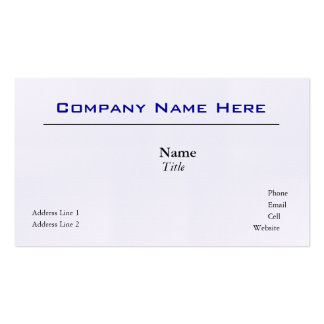Properly estimating the capital required for starting a business depends on a through understanding of the industry the business is in so the startup budget takes into consideration infrastructure, tools, training and association expenses. It also requires a detailed personal budget so that these expenses are budgeted for several months to a year as the business becomes self-sustaining. Then break down the required costs into defined categories and fill in the blanks with amounts for each category to build a step-by-step picture of what it takes to get a specific business off the ground.
Step 1: Consider the industry the business fits into. Identify whether the business sells products or services as these two types of businesses have entirely different start-up requirements from each other.
Step 2: Break down startup costs into categories, such as the following: sales, professional association and legal, technology, administration, marketing/advertising and salaries.
Step 3: Consider these subcategories under sales costs: inventory, raw materials, manufacturing contracts or equipment, packaging and shipping, insurance and warehousing or storage.
Step 4: Break professional association and legal aspects into the following subcategories: association dues, publication subscription fees, copyright, patent and trademarks, legal drafting, accounting and filing of business entity documents, operating licenses and permits.
Step 5: Analyze technology costs in terms of the following: computers and printers, software, cell phones, website creation and administration, high speed internet, data and building security, ongoing IT consulting.
Step 6: Flesh out administrative costs by considering subcategories, such as insurance business invitee auto, health, renters and professional malpractice, office supplies, shipping and postage, packaging, parking, utilities, rent, phone, copier and fax contracts, or service fees and furniture.
Step 7: Consider the marketing/advertising costs of printing of stationary, business cards and marketing materials, print and/or TV advertising creation and placement, public relations, mailing and email address lists, trade show/event attendance, travel, and client development and entertainment.
Step 8: Sub-categorize human resources expenses into employment advertising, wages, payroll taxes and benefits if benefits are not already factored into the costs of administration.
Step 9: Make a personal budget and arrive at a reasonable salary for the business starter, then factor that into the startup budget to give the business owner/operator a guaranteed salary while the business becomes self-sustaining.
Step 10: Call vendors that provide the goods and services in each of the startup sub categories and ask for cost estimates. For the sub categories where research is not possible or available, make a reasonable, best guess as to the dollar amount required for each subcategory. Fill in the dollar amounts for each subcategory to arrive at the final startup capital requirement.







No comments:
Post a Comment